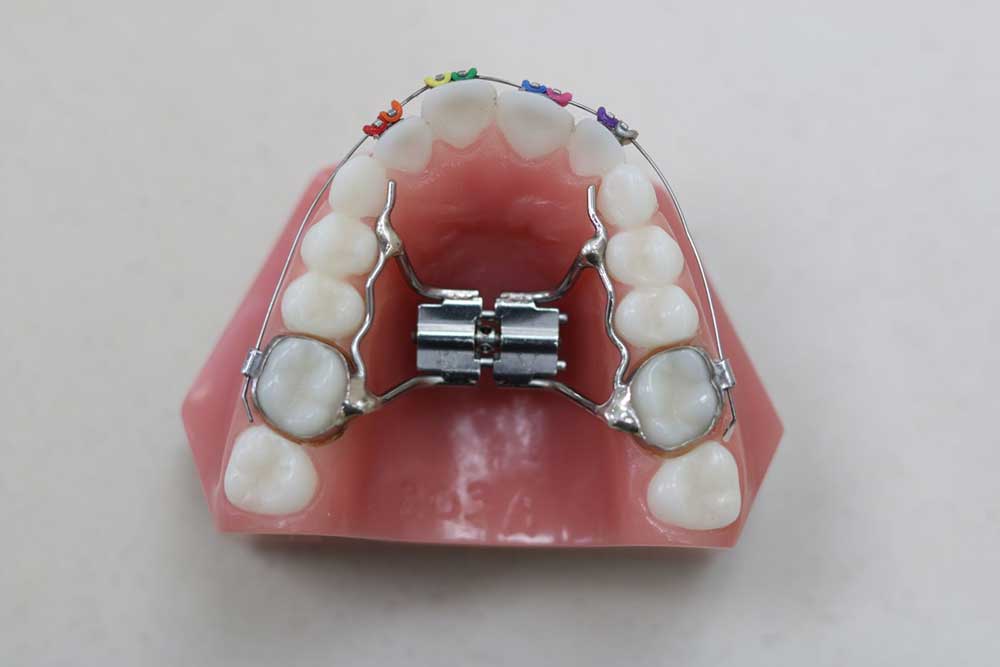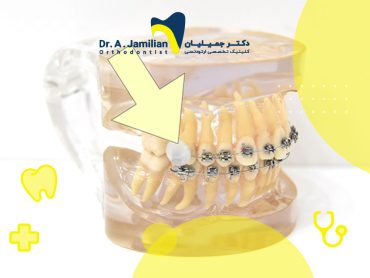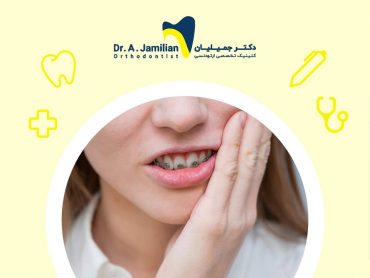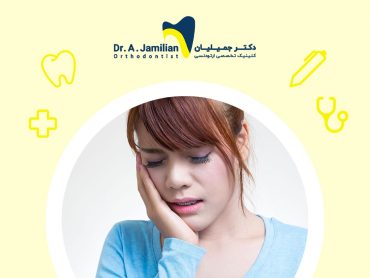If you or someone you know have decided to use orthodontic treatment, it will certainly be interesting for you to see how orthodontic appliances work. Before taking any action, the orthodontist examines your condition and uses these appliances. The appliances will often either boost the efficiency of a treatment, or is a part of it.
Orthodontic appliances work differently and each appliance is used with a specific objective according to the patient’s condition. The basic function of orthodontic appliances is gently applying force on the teeth and jaws in order to move them to the correct position gradually and slowly. This repositioning is so slow that you may not even notice it. However, it may be more apparent for you if the goal is to fill the gap between teeth which might be even caused by tooth extraction based on the diagnosis of a specialist.
Furthermore, orthodontic appliances can resolve misalignment between the teeth of upper and lower dental arches and jaw deformities. These appliances are activated for the next stages of changes throughout your regular visits to your orthodontist in order to complete your treatment very slowly and usually in about 2 years.

The role of brackets in orthodontic appliances
Orthodontic appliances gently force the teeth and jaws to reach the correct position. It is a system done by applying pressure, and it is truly brilliant. One of the most important parts of orthodontic appliances are the brackets. Brackets could be metal or ceramic; they are applied using an adhesive or they are banded to teeth and hold orthodontic wires. Orthodontic wires are usually metal wires that guide the teeth to their correct position.
It is necessary to listen to your orthodontist’s recommendations to prevent brackets from breaking, achieve the best results, and avoid long treatment periods. In addition, regular visits to your orthodontist is crucial to adjust the length of the wires. Your orthodontist may use elastics for your treatment as well. Elastics are small stretchy latex stripes that are attached to brackets and other orthodontic appliances to apply pressure on teeth in order to help them reposition better.
Herbst appliance
One of the important parameters in applying orthodontic appliances is the condition of jaws and jaw deformities. The orthodontist may diagnose that the patient has jaw deformity. If the patient has mandibular deficiency, Herbst appliances can be used to move the lower jaw forward. In addition to moving the lower jaw forward, it is effective in correcting the protrusion of the teeth of the upper dental arch. Herbst is often used with brackets and is influential in treating undergrowth of the lower jaw. This appliance may be used alone according to the patient’s condition. Patients could usually use this appliance in adolescent years to prevent the need for jaw surgery in coming adult years.
-

orthodontics with palatal expander
Palatal expander orthodontic appliances
Palatal expanders are orthodontic appliances that will be used to widen the palate. This is done so that the upper and bottom teeth may fit together correctly. Using this appliance could significantly help the patient have a beautiful smile. However, not all patients need palatal expanders. With each adjustment and activation, this appliance applies a gentle pressure to the upper jaw. If your orthodontist diagnoses that you need this appliance in your treatment, you may need to use it only for a specific period of time during your treatment.
Retainers
Retainers are one of the crucial orthodontic appliances. Orthodontic appliances actively move the teeth and jaws by applying force and pressure throughout the treatment. however when the desired result has been achieved, it is necessary to help gums and other parts adjust to the changes by keeping the teeth and jaws in place. There are different types of retainers and your orthodontist could suggest the best one that suits your treatment.
If you need orthodontic treatment, your orthodontist will surely provide the related information for you about the required orthodontic method and appliances.







